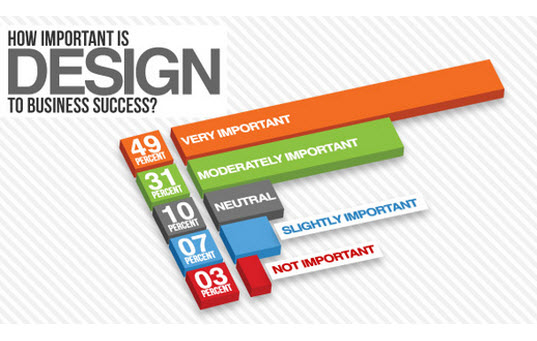The Growth Of Website Style: From Earlier Times To Currently
The Growth Of Website Style: From Earlier Times To Currently
Blog Article
Uploaded By-Thorsen Trolle
In the past, sites were straightforward and concentrated on information. Navigation was straight, and style was for desktop computers. Now, user experience is vital. Information guides styles for easy navigating. https://www.google.com/maps/place/Moon+and+Owl+Marketing/@32.9757271,-106.5344695,1840583m/data=!3m1!1e3!4m6!3m5!1s0x864ddeaa4179705b:0x488d41d2cc6b9750!8m2!3d32.9757271!4d-97.5696258!16s%2Fg%2F11b6mpccrg?entry=ttu&g_ep=EgoyMDI1MDIxMS4wIKXMDSoJLDEwMjExNDUzSAFQAw%3D%3D suit various gadgets. Today, dark mode reduces stress, and minimalist food selections boost navigating. Interactive functions engage users, and vibrant visuals stand apart. AI integration increases interaction. See just how layout has actually developed to enhance your on the internet journey.
Very Early Days of Website Design
In the early days of web design, simpleness reigned supreme. Internet sites were standard, with limited colors, typefaces, and layouts. The focus was on offering details rather than fancy visuals. Customers accessed the net with sluggish dial-up links, so speed and functionality were key.
Navigating food selections were straightforward, commonly situated on top or side of the page. Internet sites were designed for computer, as mobile surfing wasn't yet common. Material was king, and designers prioritized simple readability over intricate style components.
HTML was the key coding language made use of, and designers had to work within its restraints. Computer animations and interactive features were very little contrasted to today's standards. Sites were fixed, with little dynamic web content or individualized user experiences.
Rise of User-Focused Style
With the evolution of website layout, a change towards user-focused style principles has come to be increasingly prominent. Today, creating websites that prioritize customer experience is vital for engaging visitors and accomplishing organization objectives. User-focused design entails understanding the needs, preferences, and habits of your target audience to tailor the site's layout, content, and includes as necessary.
Designers now perform comprehensive research study, such as customer studies and functionality testing, to collect insights and responses straight from users. This data-driven technique aids in producing user-friendly navigation, clear calls-to-action, and aesthetically appealing user interfaces that reverberate with visitors. By putting the customer at the facility of the design procedure, web sites can provide an extra customized and pleasurable experience.
Receptive design has also emerged as a key element of user-focused style, making certain that internet sites are enhanced for numerous devices and screen dimensions. This versatility improves accessibility and functionality, dealing with the diverse means individuals communicate with web sites today. Basically, the rise of user-focused design signifies a shift towards producing digital experiences that focus on the needs and expectations of the end customer.
Modern Trends in Website Design
Check out the current trends forming web design today. One noticeable trend is dark mode design, offering a sleek and contemporary look while minimizing eye strain in low-light environments. Another vital trend is minimal navigating, simplifying food selections and enhancing user experience by focusing on essential elements. Including micro-interactions, such as animated switches or scrolling results, can develop a more engaging and interactive web site. Responsive layout continues to be critical, guaranteeing smooth user experiences throughout different tools. In addition, utilizing strong typography and asymmetrical designs can include aesthetic passion and accentuate specific web content.
Incorporating AI technology, like chatbots for customer support or tailored referrals, enhances individual involvement and streamlines procedures. Accessibility has also end up being a considerable fad, with developers focusing on comprehensive design techniques to cater to diverse customer demands. Accepting sustainability by maximizing site performance for rate and effectiveness is another emerging fad in website design. Working together with user responses and information analytics to iterate and enhance layout continually is vital for staying relevant in the ever-evolving electronic landscape. By welcoming these modern patterns, you can produce a visually appealing, user-friendly site that reverberates with your audience.
Verdict
As you assess the development of web site style from the very early days to currently, you can see exactly how user-focused layout has actually ended up being the driving pressure behind modern patterns.
Accept the trip of change and adjustment in web design, always maintaining the user experience at the forefront.
Keep current with the most recent patterns and innovations, and never quit developing your approach to develop aesthetically magnificent and straightforward websites.
Evolve, adapt, and create - the future of website design is in your hands.
